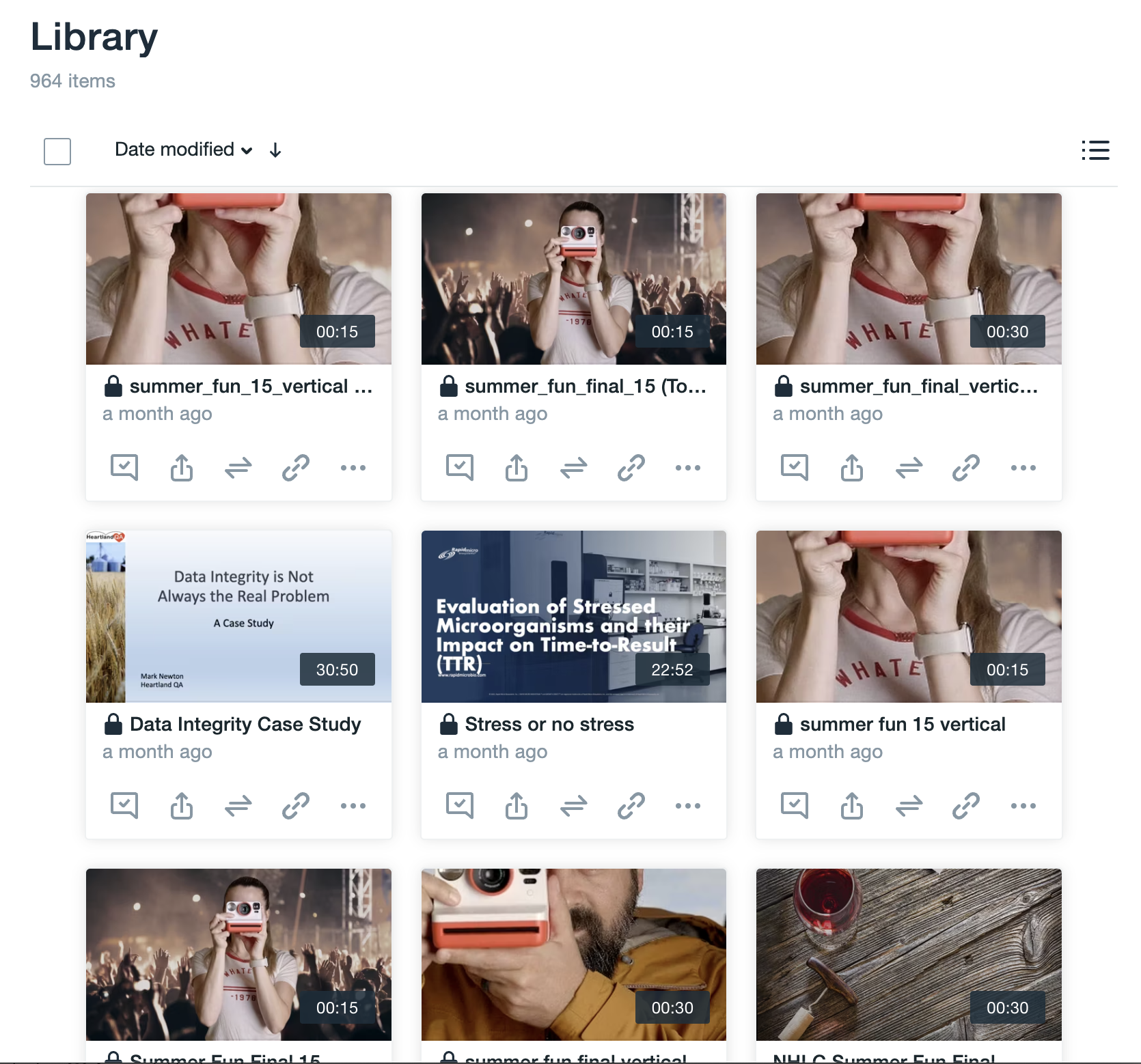Investing in video doesn’t have to be overly expensive. As a matter of fact, when done right, the benefits to your marketing team, product training, customer service, and even employee training are massive compared to the cost. You just have to be organized and strategic on how you approach video production – shooting AND the subsequent postproduction. Your videographer should be able to help with this. Let’s take a quick look at how videography can boost your marketing channels from social media and professional networks to your website, email, and even influencer campaigns. Let’s explore the video production and marketing channels available to you.
Here are a few thoughts from our friends over at wedü (www.wedu.com).
1. YouTube
- Projected Users: Over 2 billion logged-in monthly active users
- Reason to Use: YouTube is the world’s second-largest search engine, offering immense reach and exposure. A strong presence on YouTube allows companies to tap into a massive audience, increase brand visibility, and drive traffic to their website.
2. Facebook
- Projected Users: Over 3 billion monthly active users
- Reason to Use: Facebook’s extensive user base and powerful advertising tools make it ideal for sharing video content to target specific demographics. Video posts on Facebook attract higher engagement, increasing organic reach and driving website traffic.
3. Instagram
- Projected Users: Over 1.2 billion monthly active users
- Reason to Use: Instagram’s visual-centric platform thrives on captivating video content. Utilize Instagram Stories and IGTV to provide behind-the-scenes glimpses, product teasers, and influencer collaborations, fostering authentic connections with the audience. The cost of video production drives the need to identify marketing channels that will help increase reach.
4. Twitter (or do we say ‘X’ now?)
- Projected Users: Over 400 million monthly active users
- Reason to Use: Twitter’s short and snappy format is perfect for quick video updates, announcements, and engaging with the audience. Videos on Twitter can boost retweets and increase brand visibility among a broad user base.
5. LinkedIn
- Projected Users: Over 774 million registered users
- Reason to Use: As a professional networking platform, LinkedIn is ideal for sharing thought leadership content through videos. Video posts can highlight industry insights, company achievements, and career-related tips to build trust and authority. Having access to a videographer can really enhance your presence. This is another example of why video production should be built for individual marketing channels.
6. TikTok
- Projected Users: Over 1.1 billion monthly active users
- Reason to Use: TikTok’s viral nature and short-form video format cater to a younger audience. Brands can leverage TikTok for creative and entertaining video content to gain traction among Gen Z users. Plus it’s fun to be a videographer in such an amateur content-driven space.
7. Website Homepage
- Projected Users: Company website visitors
- Reason to Use: Embedding a video on the website’s homepage provides an engaging and memorable introduction to the brand. It helps reduce bounce rates from organic search hitting the home page (and is great for sub-pages, as well) and increases user retention, leading to improved SEO rankings and higher conversions.
8. Email Marketing Campaigns
- Projected Users: (well, it depends on how good you’re doing on building that list.)
- Reason to Use: Video content in email marketing campaigns drives higher open rates and click-through rates. People are enticed to click on video content which enhances a recipient’s overall email engagement level. Video can effectively convey the brand’s message to subscribers.
9. Webinars and Virtual Events
- Reason to Use: Video content in webinars and virtual events allows businesses to deliver informative and engaging presentations. It attracts a targeted audience, establishes thought leadership, and encourages participation and interaction.
10. Video Podcasts
- Reason to Use: Video podcasts provide a visually immersive experience for audiences, expanding the reach of audio podcasts. They offer an opportunity to attract a broader audience and enhance content visibility on platforms like YouTube and social media. Podcast audiences oftentimes want to see their host – again, a videographer to the rescue. Combining the production of audio and video for podcasts add to the viewers/listeners experience.
11. Video Ads on OTT Platforms
- Projected Users: Users of OTT platforms like Hulu and Roku are in the millions.
- Reason to Use: Over-the-top (OTT) platforms offer targeted video advertising to reach cord-cutters and streaming service users. That’s why OTT ads enable businesses to engage with a captive audience during their consumption of premium content.
12. Influencer Marketing
- Reason to Use: Collaborating with influencers to create and share video content provides access to a specific target audience. Influencers’ authenticity and engagement can drive more interest and trust in the brand, leading to increased brand exposure and potential conversions.
One video shoot and several variations of postproduction can yield high-valued assets for that one-time investment. We think a bit differently at G River. We don’t want to discuss that one shoot for that one idea. A videographer is a great asset, but a team is even better. It’s about discussing how we create a consistent lightweight effort stream of video for your brand.
Incorporating video content into various marketing channels is crucial for businesses to maximize engagement, expand their reach, and build a stronger brand presence. Each channel offers unique advantages, allowing companies to connect with their target audience effectively and create meaningful interactions that drive business success in the digital age. By leveraging the projected user base and reach of each platform, businesses can strategically deploy video content to connect with the right audience and achieve their marketing objectives.





